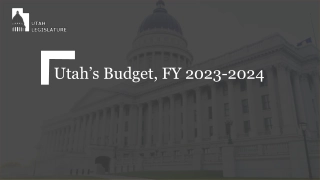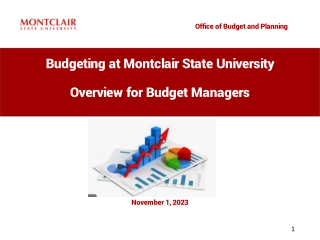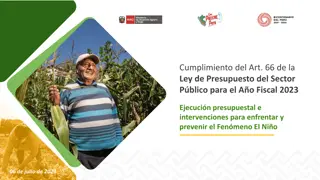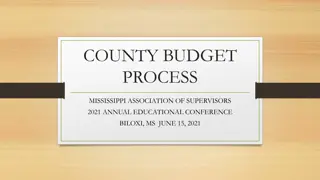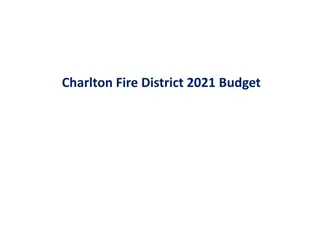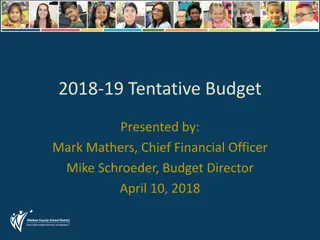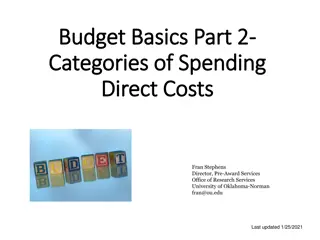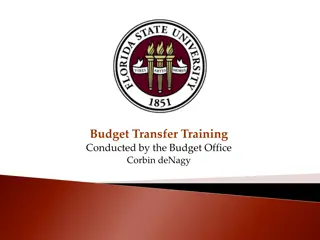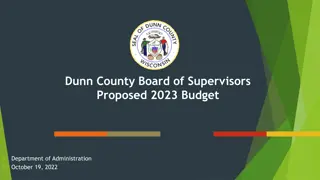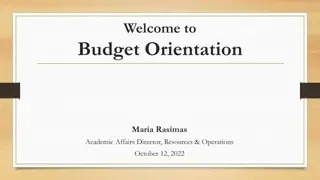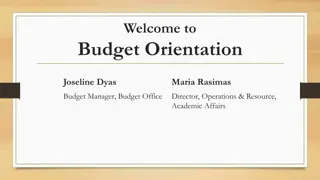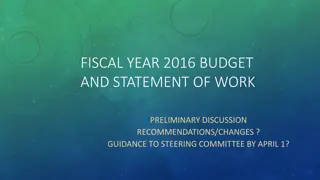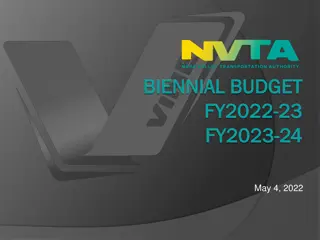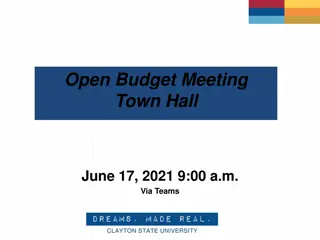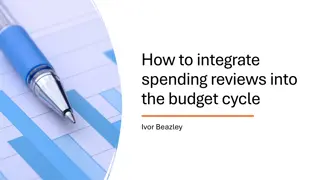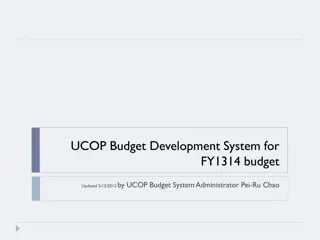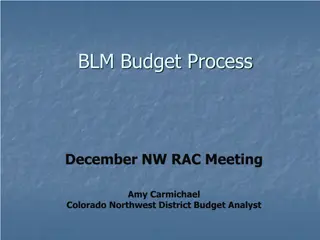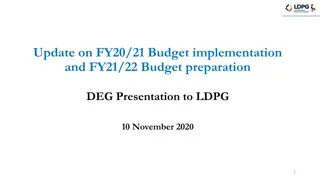
Budget Overview & Process for Aging and Disability Services Division
Learn about the budget overview and process for the Aging and Disability Services Division, including timelines, structure, decision units, and strategic priorities. Dive into the details of base budgets, maintenance, and enhancements in the budgeting process.
Download Presentation

Please find below an Image/Link to download the presentation.
The content on the website is provided AS IS for your information and personal use only. It may not be sold, licensed, or shared on other websites without obtaining consent from the author. If you encounter any issues during the download, it is possible that the publisher has removed the file from their server.
You are allowed to download the files provided on this website for personal or commercial use, subject to the condition that they are used lawfully. All files are the property of their respective owners.
The content on the website is provided AS IS for your information and personal use only. It may not be sold, licensed, or shared on other websites without obtaining consent from the author.
E N D
Presentation Transcript
Budget Overview Aging and Disability Services Division May 2018
Budget Process Timelines Budget Kick-Off Meeting February 27th Agency Pre-Planning Phase March April Agency Request to Budget Division August 31st Budget Division reviews, revises, and makes recommendations to the Governor Sept. Dec. Governor s recommendation to the Legislature is released after the State of the State Address in January Legislative money committees hear budgets and make changes Feb. May Budgets are approved by the end of the Legislature s 120 day session
Budget Structure Base and Adjusted Base The continuation of justified, essential levels of service. Base Budget = actual costs for SFY 2018. The base budget is adjusted for one-time expenditures and partial year costs. Decision Unit A stand alone, balanced budget request that displays the revenue and expenditures associated with a new program, changes to existing programs or increases/decreases from ongoing budgetary levels. Maintenance request associated with continuing an existing program at increased levels affected by external factors. Enhancement request associated with a new program or services.
Budget Structure cont. Common Maintenance Decision Units M100 Statewide Inflation M101 Agency Specific Inflation M150 Adjustments to Base M151 Adjustment to Caseload for Current Biennium M200 Caseload M300 Salary/Fringe Benefit Adjustments (Budget Division Only) M425 Deferred Maintenance (Requested in a previous biennium) M500/M600 Mandates/Court Orders M800 Agency Specific Cost Allocation
Budget Structure cont. Common Enhancement Decision Units Governor s Strategic Priorities E125-E150 Vibrant and Sustainable Economy E225-E250 Efficient and Responsive State Government E275-E300 Educated and Healthy Citizenry E350-E375 Safe and Livable Communities E550-E559 Technology Investment Requests (TIRs)
Budget Structure cont. Other Common Enhancement Decision Units E490 Expiring Grant or Program E500 Adjustments to Transfers (revenue adjustments) E710 Replacement Equipment E720 New Equipment E730 Maintenance to Buildings and Grounds E737 New Programs E800 Agency Specific Cost Allocation E805-E819 Position Changes (Classified & Unclassified) E900 Transfers (Decision units must mirror each other)
Pre-Planning Phase Meet with Program Staff Discuss needs for upcoming biennium may include: Determine 2X Cap SFY 2019 SGF * 2 is the limit to request in the future biennium. New Programs Revisions to existing programs New and/or sunset of federal grants New Positions Position Reclassification Technology Investment Requests (TIRs) Capital Improvement Projects (CIPs) Replacement Equipment Statute Review (BDRs) Performance Measure Data

